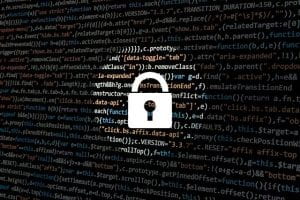 If you are holding a Zoom event that may attract a large audience, here are a few considerations that can help minimize the chance for disruptions.
If you are holding a Zoom event that may attract a large audience, here are a few considerations that can help minimize the chance for disruptions.
- Controlling access to the meeting or registration link: It’s not recommended to make the meeting or registration link publicly available unless the event is intended for the general public. For example, for CLC workshops we typically send out Zoom information to our intended audience via email. If we post details of the event on a public website or events calendar, we’ll ask people to email us if they would like to attend. We’re then able to decide whether we share the links with them or not.
- Controlling who can enter the meeting: There are a number of settings you can use to decide who can enter the meeting:
- Waiting room: Allows the host to admit users one by one.
- ‘Require authentication to join’: Only participants from your organization (i.e., those with uchicago.edu email addresses) can join the meeting. Note: this means that guest speakers or others from outside the university community will not be able to attend. Members of the university community who are not signed into Zoom with their CNET credentials will have problems as well.
- Lock meeting: Once all expected participants have arrived, you can lock the meeting to keep anyone else from joining.
- Security tab: The host of the meeting will have a Security button appear in their Zoom window, next to the Chat, Participants, Share Screen, and other tabs.
- The security tab allows you to enable/disable features like Waiting Room and Lock Meeting, as well as controlling whether participants can turn on their camera, microphone, and screen sharing.
- It also includes a button labeled ‘Suspend all participant activities’, which immediately locks the meeting and disables participants’ cameras and mcirophones, in the event that bad actors get through your other precautions and start disrupting your meeting.
- Meeting or webinar? For most smaller events, a typical Zoom meeting should suffice. Zoom webinars can be useful if you are expecting a LARGE audience, and/or if you are trying to make your event open to the public. In a webinar, participants have no option to turn on their camera or microphone, or share their screens. You can also control whether participants can chat or ask questions. UChicago employees can borrow webinar licenses from IT Services; see the Zoom FAQ page.
More information can be found on UChicago’s Managing Zoom Meeting Security page, or on Zoom’s website.
If you are a UChicago language instructor hosting a medium- to large-sized meeting, feel free to contact Nick Swinehart for consultation.